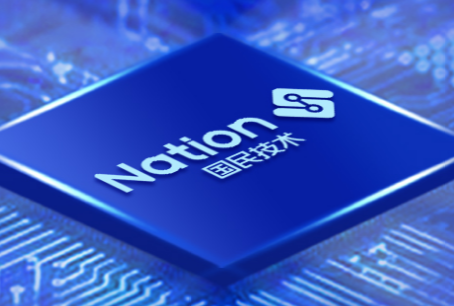- Ameya360 Component Supply Platform >
- Trade news >
- MCUs Get Expanded Benchmark
MCUs Get Expanded Benchmark
The EEMBC group expanded its benchmark for ultra-low power microcontrollers, adding a test for peripherals to its existing benchmark for cores. At press time, the group had more than a dozen results, mainly from Ambiq and STMicroelectronics, that it planned to post on its website.
The ULPMark-PeripheralProfile includes 10 one-second tasks that use a combination of four peripherals — analog-to-digital converters, real-time clocks, serial peripheral interfaces, and pulse-width modulators. All of the peripheral and core tests essentially monitor work per joule.
Many microcontrollers “may use the same ARM cores, but how they are implemented varies greatly,” said Markus Levy, EEMBC’s president.
Though standard benchmarks are based on 3.0-V parts, vendors also can publish low-volt results that, at 1.8 V, show significant improvements. “Users should also look at temperature because outside of room temperature, performance and efficiency can drop — these are differentiators,” he said.
EEMBC sells the benchmark software for $2,500. For an extra $1,000, users get Arduino and Raspberry Pi test boards as well as a new energy-monitoring board designed by STMicroelectronics that will be available at the end of the month.
The working group for the benchmark consisted of a who’s who of MCU vendors, most of whom are expected to post results soon. They include Ambiq, Analog Devices, Cypress, Dialog, Microchip, Nordic, NXP, ON, Renesas, Silicon Labs, STMicroelectronics, and Texas Instruments.
In addition to its ULPMark-CoreProfile for MCU cores, the group has released an IoTMark-BLE test that measures the energy used by a subsystem including an MCU, radio, and protocol stack. It expects to have a beta release in October of SecureMark, a security benchmark that mimics transport layer security functions, using security primitives for elliptic curve cryptography and AES.
Online messageinquiry

TOP 10 MCU companies in China

Startup Runs MCU on 5 MicroW
- Week of hot material
- Material in short supply seckilling
| model | brand | Quote |
|---|---|---|
| BD71847AMWV-E2 | ROHM Semiconductor | |
| CDZVT2R20B | ROHM Semiconductor | |
| TL431ACLPR | Texas Instruments | |
| RB751G-40T2R | ROHM Semiconductor | |
| MC33074DR2G | onsemi |
| model | brand | To snap up |
|---|---|---|
| STM32F429IGT6 | STMicroelectronics | |
| BU33JA2MNVX-CTL | ROHM Semiconductor | |
| TPS63050YFFR | Texas Instruments | |
| ESR03EZPJ151 | ROHM Semiconductor | |
| IPZ40N04S5L4R8ATMA1 | Infineon Technologies | |
| BP3621 | ROHM Semiconductor |
- Week of ranking
- Month ranking
Qr code of ameya360 official account
Identify TWO-DIMENSIONAL code, you can pay attention to


Please enter the verification code in the image below:
























